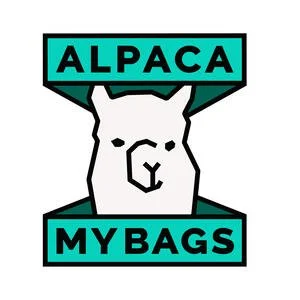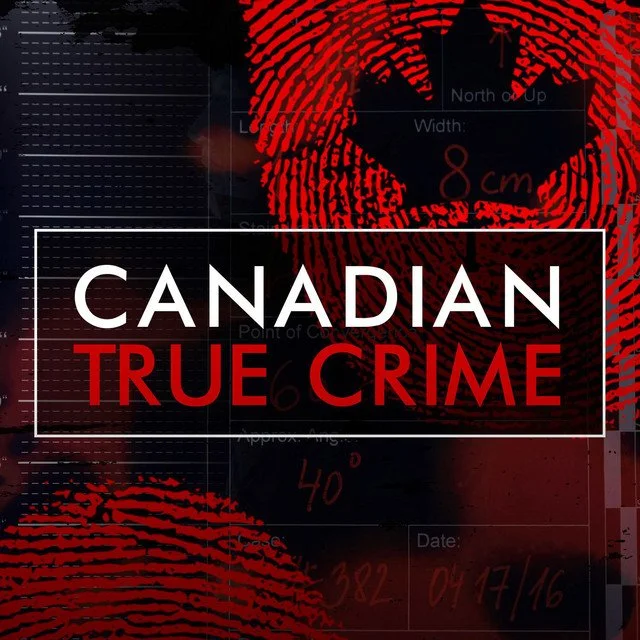How to Make Radio for International Outlets
A selfie while hiking on radio assignment in Cocorná, Colombia in February 2020
In July 2018, I became a full-time freelancer based in Colombia. My goal was to make a radio documentary.
I didn’t know all that it entailed. I was just a big fan of listening to audio stories.
When I got my first radio commission a couple months later, to report a story about Venezuelan migration from Medellin, I tucked my Zoom recorder into my bag and anxiously jumped on the bus to meet my sources.
I wasn’t new to journalism. But I was new to the radio game—and I knew it’s where I wanted to be.
I ended up being a freelance radio correspondent working in Colombia for three more years, filing stories for outlets like BBC World Service, DW News and CBC Radio.
With trusting editors, I learn something new about radio with each story I do—which to me, is one of the greatest perks of the job.
There are lots of ways to make audio stories for international outlets, depending on what topics you’re reporting on, from where, and for who. So, this post is not so much a how to, but rather insight into things I’ve learned freelancing abroad.
Many of these ideas will apply to journalists who want to report about Canada for foreign audiences—a skill that can help you venture down more reporting avenues and branch out from the Canadian media market.
Reporting from Cajolá, Guatemala in March 2020 (Photographer: Megan Janetsky)
Pitching ideas for an international audience
Unless you’re covering major events like protests, natural disasters or elections, you probably won’t be working a lot in spot news (aka the latest, breaking news) if you’re an international freelancer. From my experience, it’s even less-so in radio; instead of commissioning a 3-5 minute package on something newsworthy, outlets usually prefer to bring a journalist on to speak live about what’s happening on the ground.
This means you’ll get to pitch a lot of features, and proposing international radio stories follows the same pitching basics: pitch stories you think will be interesting to, or will inform, your audience.
It could be something that’s happening where your listeners are, but in a different way—think a story about access to reproductive health during the pandemic, for example. It’s a topic that's relevant in both Canada and Colombia (and most places around the world). But with different laws and cultures, the issue plays out differently in each country.
It could be deeper-dive into a topic that puts a face—or voice—to a situation or crisis. Or, it could be a human-driven story that’s already talked about locally, but might be new to your listeners abroad. For example, I recently worked on a piece about women accordion players who interpret vallenato, a music genre in Colombia, and who experience machismo. It’s not a new topic in Colombia, but with compelling human stories and lots of music, the feature worked well for an international audience.
Some Canadian outlets also want international stories to have a local hook—like a ‘Canadian hook.’ For example, if Canada has sent international aid to support an issue related to your pitch, that’s something you’d want to mention. Framing your pitches with a local or international hook plays into why an international audience should care about your story.
Working with editors
Every freelancer wants to work with great editors—people who respect your work and outlets who pay on time. But you also want to work with editors who care about your safety, especially when working abroad. For freelancers, it’s not incredibly common.
Freelance foriegn correspondent Sulome Anderson talked about this in an interview with Pandemic University. She’s had editors decline commissioning a conflict story because they didn’t want to be held liable. But they said they would consider the piece once she’d come back from the field.
I have a colleague who pitched a story from the Colombia-Venezuela border. They were asked to cross into Venezuela and report without permission—a country where journalists are regularly threatened and detained. I think every international freelancer has at least one story like this.
But, you will find outlets that care about your work and wellbeing. If you can, stick with them. Some outlets will have you fill out risk assessment forms before heading into the field and will cover you with insurance. This isn’t just if you’re reporting from a volatile place. It’s also for things like falls, animal bites, or dehydration. I’ve also (just once) worked with a risk team that I checked in with everyday. That was definitely an exception, though—and definitely not something that happens with every story.
Hiking on radio assignment in Cocorná, Colombia in February 2020
Building a sense of place with sound
Every audio journalist loves great SFX. When you’re working from a sound-rich location, there’s lots of opportunity to include field sound subtlety to get a better sense of place. This can be a really important part of your narrative, since many of your listeners abroad may not have visited the country, city or town you’re reporting from.
In Colombia, recording interviews outside means lots of birdsong or sounds of nature. If you’re doing an interview in a city, you might hear someone passing by selling mangos, or avocados, or brooms, and announcing it into a megaphone. It’s not part of your story, but it’s all compelling sound that brings the listeners into your POV—and helps put them on the ground with you and your sources.
Editing and translations
If you’re reporting from a non-English speaking country—or writing for an outlet in a language different from the one you conducted your interview in—you’ll be working with translations. You’ll need to translate the interviews yourself, and will likely get pretty good at it, which is a plus.
From my experience, outlets will usually do the actual translation voiceovers in-house. Otherwise, editors might ask if you can find people to record the voiceovers. This is difficult though, because you need to find someone who can speak English (or whatever language you’re writing in). And this could cut into your budget.
I’ve edited segments myself, but many outlets will offer to edit in-house after you transfer them your cut interviews, SFX, and voiceovers.
Reporting from Cajolá, Guatemala in March 2020 (Photographer: Megan Janetsky)
Relationships with sources
Finally, you can’t make radio without listening to the stories of people who’ve chosen to trust you with them. I’m really grateful to the people who’ve shared their stories with me. I focus on reporting ethically and compassionately, and I put their well-being at the forefront. Educating yourself on the topics you’re reporting on—and learning how to report on those topics ethically—is really important when you’re reporting from abroad (and at home). It’s also helpful to have a group of journalists you trust and whose work you admire. If you’re ever unsure about how to proceed with a story, or how to respond to an editor who’s asked you to do something you feel uncomfortable with, that community of journalists can support you.
Overall, reporting radio stories for international outlets isn’t all that different from reporting them for local ones. If you want to get started, like with most things in journalism, you just have to jump in. And, it’s okay if you have no idea how to make radio at first—I think most editors get that, on the condition that you’re eager to learn from their feedback. As long as you know how to tell a good journalism story—and are on the ground to tell it—all the important radio skills will catch up.








